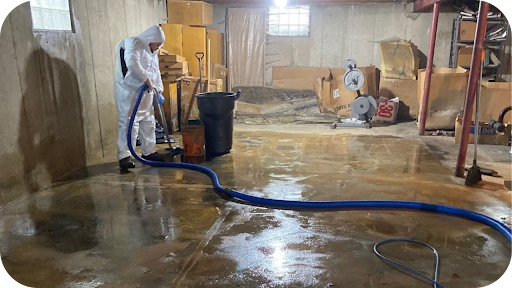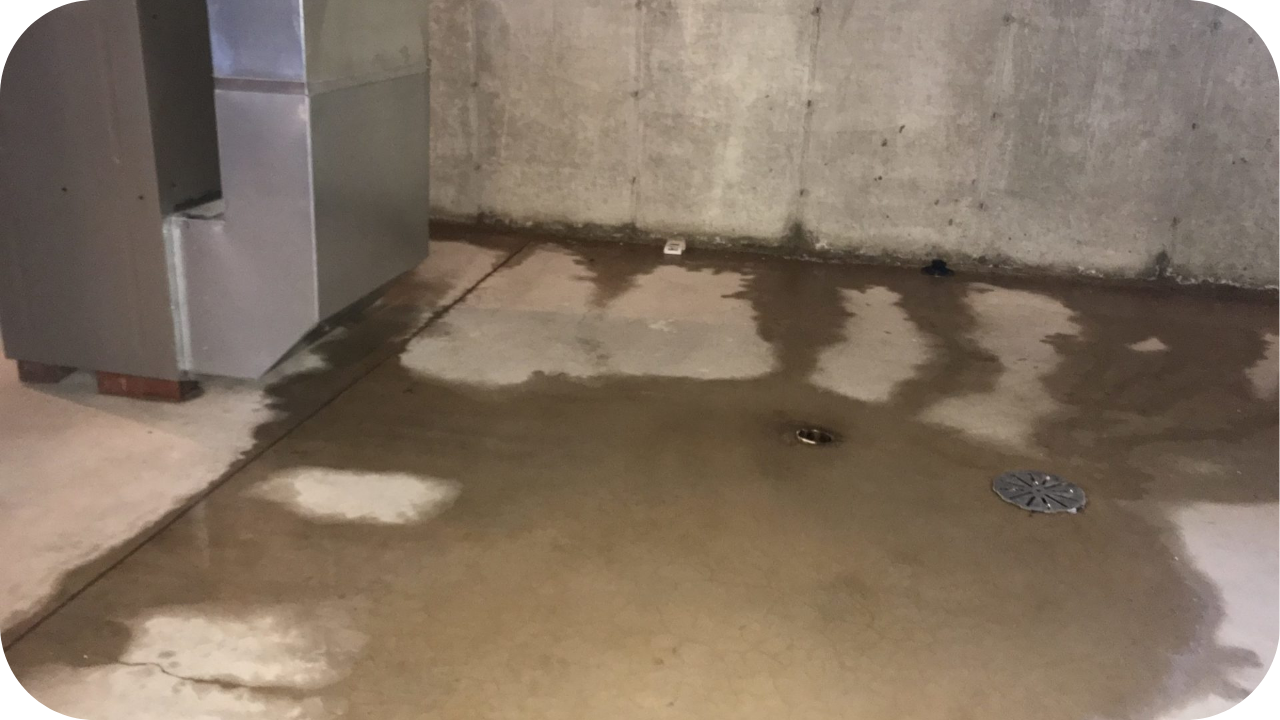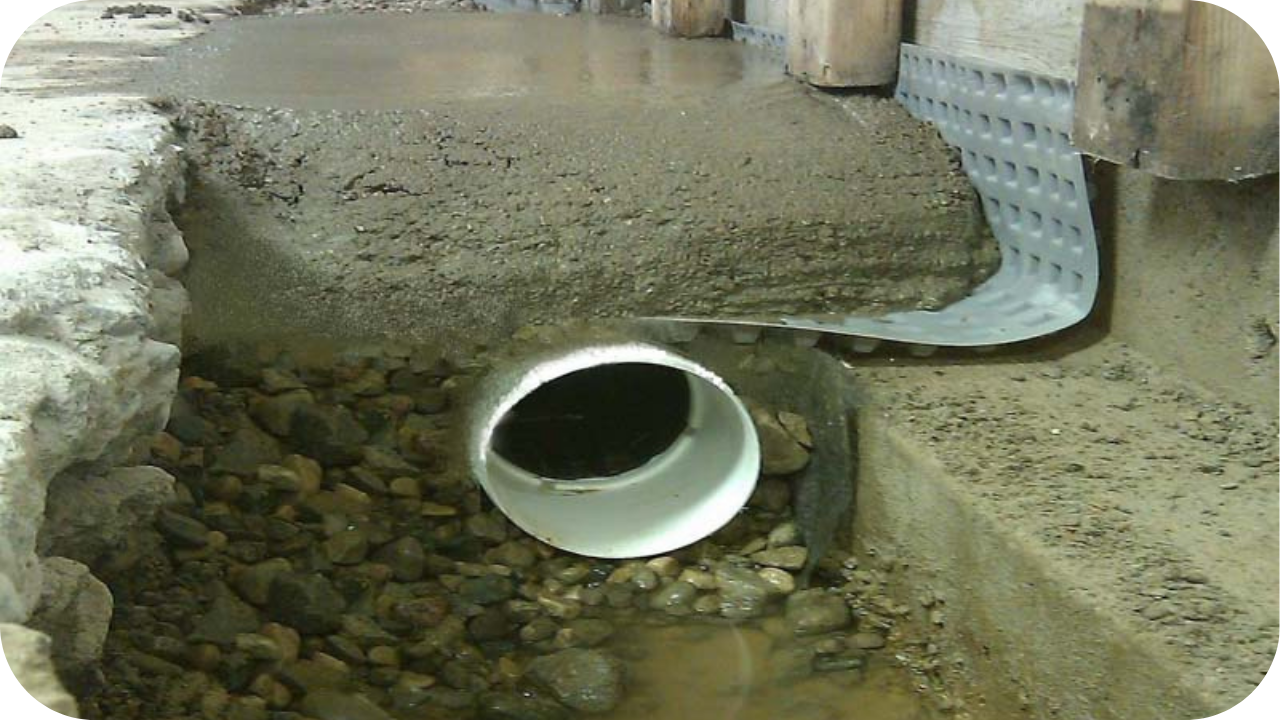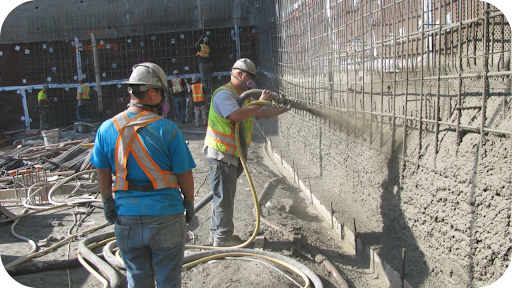


Melbourne’s unpredictable weather and high groundwater can quietly threaten even the strongest concrete basements. A little water today can turn into damp walls, peeling paint, or worse, structural damage that costs a fortune to fix.
Moisture doesn’t just harm concrete; it can create unhealthy living conditions through mould and that lingering musty smell. Over time, it weakens finishes, affects air quality, and reduces your basement’s comfort.
This article walks you through why basement water damage happens, how to stop it early, and the most effective waterproofing methods used by Urban Pour.
Concrete basements face constant pressure from the surrounding soil. When drainage is poor or the water table rises after Melbourne’s heavy rains, moisture pushes through tiny pores and cracks, slowly seeping inside over time.
Many problems start during construction. Missing waterproof membranes, unsealed joints, or poorly cured concrete can allow water to pass through areas designed to remain dry, leaving structures vulnerable long before issues are visible.
As buildings age, natural settling and movement widen cracks, creating easy entry points for moisture. Even small plumbing leaks or trapped condensation can mimic rising groundwater, disguising a deeper issue that worsens with time.
Recognising these causes early helps homeowners act before major repairs are needed. With reliable drainage, strong sealing, and ongoing maintenance, your basement stays dry and structurally sound for years.

Water damage rarely happens overnight. It often begins with subtle clues that many homeowners overlook. Here are the early signs to notice before it’s too late.
Dark stains, peeling paint, or damp patches across basement walls often signal unwanted moisture. These marks suggest water is slipping through pores or cracks, slowly weakening your concrete and compromising the overall structure if left untreated.
A musty smell or visible mould growth points to constant dampness and poor airflow. Over time, these conditions can cause allergic reactions, damage interior finishes, and create an uncomfortable living space that continues to worsen without proper ventilation.
Cracks in concrete walls or floors often mean the structure is shifting under pressure. Once water starts entering, it widens these gaps, allowing continuous moisture penetration that eventually leads to uneven flooring or deeper foundation concerns.
White, chalky residue along walls indicates water movement within the concrete. Known as efflorescence, it forms when moisture evaporates, leaving behind mineral deposits that highlight persistent leaks or poor waterproofing in your basement.
When paint begins to bubble or flake, it’s a sign of trapped moisture beneath the surface. This damage often reveals poor waterproofing or trapped vapour pressure, warning that bigger water intrusion issues may be developing.
Keeping a basement dry isn’t luck. It takes the right materials, proper planning, and regular upkeep. Here’s how waterproofing keeps concrete basements protected for the long haul.
External waterproofing creates the first line of defence against water intrusion. Bituminous coatings, bentonite sheets, and drainage boards are applied to outside walls to block moisture before it reaches the concrete, protecting the entire foundation system effectively.
Internal waterproofing focuses on sealing moisture that has already entered the structure. Cementitious coatings, crystalline sealants, and sump pumps prevent water buildup inside, helping basements stay dry and free from damp patches or musty odours all year.
Adding waterproofing admixtures directly into the concrete mix creates long-term resistance from within. These chemical additives reduce water absorption and block capillary paths, making the entire structure stronger, denser, and far less likely to develop leaks or cracks.
Choosing the right membrane is crucial for lasting results. Compatibility with other materials, correct surface preparation, and proper curing ensure every layer bonds tightly, forming an impermeable barrier that stands up to Melbourne’s changing weather conditions.
Good drainage keeps groundwater from building up around foundations. Installing perimeter drains, French drains, and weeping tiles helps redirect excess water away, relieving hydrostatic pressure that could otherwise force moisture into basement walls or floors.

A dry basement starts from the ground up. Proper drainage stops water before it reaches the concrete. Here’s how smart design keeps your basement moisture-free year-round.
Proper grading ensures rainwater flows away from the foundation instead of pooling around it. Even a gentle slope can stop surface water from soaking the soil and building pressure against basement walls during Melbourne’s heavy downpours.
French drains and perimeter piping are installed around foundations to collect and redirect groundwater. By reducing hydrostatic pressure, these systems prevent seepage through basement walls and maintain a consistently dry, stable environment beneath your home.
Well-maintained gutters and downpipes direct roof runoff safely away from your property. When linked to proper stormwater management systems, they prevent overflow that can saturate soil, weaken foundations, and introduce unwanted moisture into lower levels.
Sump pumps provide essential protection during Melbourne’s peak rainfall. They collect water from drainage pits and discharge it safely away, while backflow prevention valves stop flooding caused by stormwater surges or blocked drainage lines.
Beneath basement slabs, drainage mats and gravel layers act as hidden allies. They guide water toward collection points before it builds up, improving overall flow and keeping the structure free from excess moisture and internal dampness.

Small cracks can quietly worsen over time, leading to leaks or foundation problems. Here’s how to repair and seal basement cracks correctly for lasting protection and peace of mind.
Preventing water damage in concrete basements starts long before leaks appear. It begins with smart design, precise drainage planning, and quality workmanship tailored to Melbourne’s unique building conditions and unpredictable weather.
With the right mix of drainage systems, waterproofing treatments, and consistent maintenance, you can protect your basement from cracks, mould, and costly repairs while ensuring long-term strength and reliability.
Urban Pour specialises in Residential Basement Construction in Melbourne, creating dry, durable, and structurally sound spaces. Contact Urban Pour today to begin your basement project with trusted professionals.

This guide explains why water damage happens in concrete basements and shares proven waterproofing and drainage methods that keep your Melbourne home dry, safe, and structurally sound.
See more
Shotcrete offers fast, reliable and durable concrete solutions for Melbourne projects that need strong support, curved finishes and long-term structural stability.
See more
Post-tensioned slabs boost concrete strength and reduce cracking in Melbourne builds. Learn how this modern method delivers durable, efficient, and cost-effective structural solutions.
See more